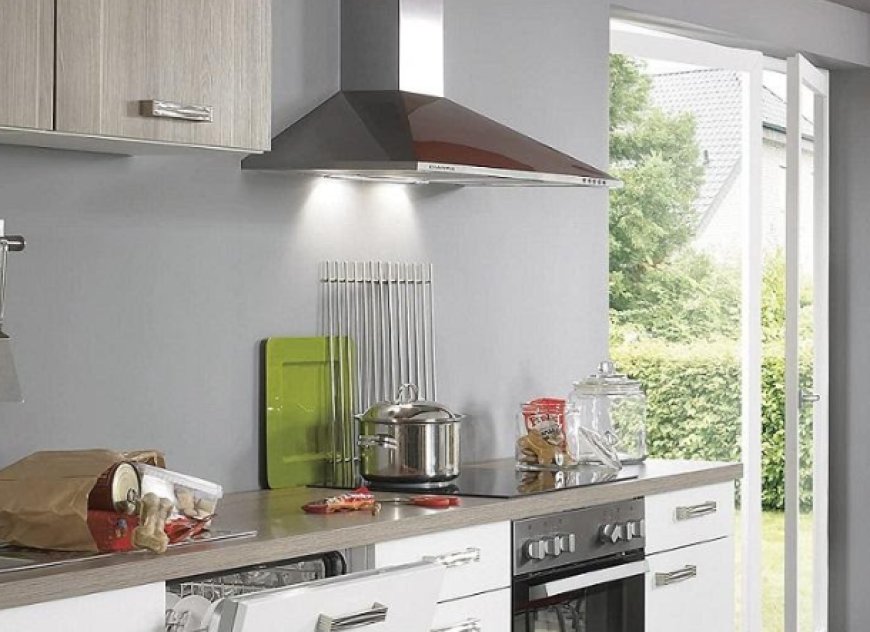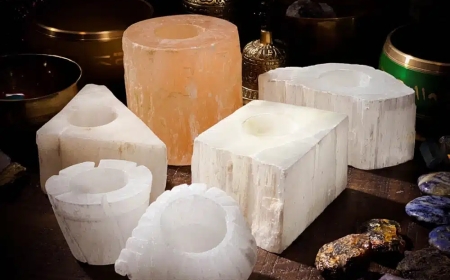The Future of Cooking: Induction – A Culinary Revolution Underway

The kitchen, often considered the heart of the home, is constantly evolving, embracing innovations that promise greater efficiency, precision, and safety.1 Among these advancements, induction cooking stands out as the most significant development in stovetop technology in decades, solidifying its position as the future of cooking. Far from a passing trend, induction hobs represent a fundamental shift in how we interact with heat, offering a compelling blend of performance and sustainability that is rapidly becoming the new standard. This article will explore why induction is widely regarded as the future of cooking, delving into its unique working principle, its transformative benefits, addressing lingering challenges, and outlining its undeniable trajectory towards widespread adoption.
At the core of why induction is considered the future of cooking lies its ingenious working principle: electromagnetic induction. Unlike traditional methods that rely on generating heat in an element or flame and then transferring it to a pan, an induction hob directly creates heat within the cookware itself.2 Beneath the sleek, glass-ceramic surface of the hob are induction coils (typically made of copper wire).3 When the hob is activated and a suitable piece of ferromagnetic cookware (materials like cast iron or certain types of stainless steel that are attracted to a magnet) is placed on a cooking zone, an alternating electric current flows through these coils.4 This current generates a rapidly fluctuating magnetic field that extends upwards from the hob's surface.
Crucially, this magnetic field does not directly heat the hob's surface or the surrounding air.5 The magic truly begins when the ferromagnetic cookware interacts with this dynamic field. As the magnetic lines of force penetrate the base of the pan, they induce tiny, circulating electrical currents within the metal of the cookware.6 These are known as eddy currents. Due to the inherent electrical resistance of the pan's material, these eddy currents are almost instantaneously converted into thermal energy, generating heat precisely and exclusively within the base of the pot or pan.7 The result? Your food begins to cook, while the hob's surface remains remarkably cool to the touch, only warming slightly from residual heat transferred back from the hot cookware.8 This direct, targeted energy conversion is the fundamental reason why induction is poised as the future of cooking, offering unmatched efficiency and responsiveness.
The transformative benefits that solidify induction's role as the future of cooking are manifold:
-
Unparalleled Energy Efficiency: This is perhaps the strongest argument for induction. With efficiency ratings of 85-90%, induction hobs drastically outperform gas (30-55%) and traditional electric (60-70%).9 This translates into significantly less wasted energy, leading to lower utility bills and a reduced carbon footprint, aligning perfectly with global sustainability goals.10
-
Blazing Speed: Less wasted energy means faster cooking times.11 Water boils in a fraction of the time compared to other methods, a major convenience in today's fast-paced world.12 This speed is a key aspect of the future of cooking.
-
Superior Safety: Without an open flame, hot elements, or radiant heat emanating from the hob's surface, the risk of accidental burns is drastically reduced.13 Features like automatic pan detection (only heating when a compatible pan is present) and automatic shut-off further enhance safety, making induction ideal for families and busy environments.14 This inherent safety makes it a cornerstone of the future of cooking.
-
Unmatched Precision and Control: Induction hobs offer instantaneous and highly accurate temperature adjustments, akin to gas but with even finer control.15 This precision is invaluable for delicate tasks like melting chocolate without scorching or maintaining a perfect simmer, allowing for greater culinary mastery.16
-
Effortless Cleaning: The glass-ceramic surface remains relatively cool during cooking, preventing spills from baking on.17 A simple wipe with a damp cloth usually suffices, making cleanup quick and easy a significant convenience that speaks to the practical side of the future of cooking.
-
Cooler Kitchen Environment: Less heat escaping into the air means your kitchen stays cooler during cooking, a welcome benefit, particularly in warmer climates like Pakistan.18
Despite these overwhelming advantages, there are some challenges that induction must continue to overcome on its path to becoming universally recognized as the future of cooking:
-
Cookware Compatibility: The requirement for ferromagnetic cookware means some users may need to replace existing pots and pans. However, the market is rapidly expanding with affordable, induction-compatible options, making this less of a barrier.
-
Upfront Cost: Induction hobs generally have a higher initial purchase price than conventional alternatives. However, the long-term energy savings often offset this investment.19
-
Electrical Infrastructure: High-power induction hobs require dedicated electrical circuits, which might necessitate electrical upgrades in older homes, especially relevant in regions with varying electrical standards.20
The trajectory towards induction as the future of cooking is undeniable. Governments and environmental agencies worldwide are increasingly promoting cleaner, more energy-efficient appliances.21 In many European countries, induction already dominates the market, and its adoption is accelerating across Asia, including Pakistan, where growing awareness of energy efficiency and modern living is driving demand. Technological advancements continue to refine induction hobs, making them even more intuitive, aesthetically pleasing, and affordable. From advanced features like flexible cooking zones and smart connectivity to more silent operation and enhanced durability, the technology is constantly evolving.
In conclusion, the future of cooking: induction is not merely a prediction; it's a present reality gaining unstoppable momentum. Its superior efficiency, safety, precision, and ease of use directly address the demands of modern households and align with global sustainability imperatives.22 While initial considerations like cookware compatibility and cost exist, the long-term benefits position induction hobs as the smart, responsible, and inevitable choice for the kitchens of tomorrow, transforming how we cook one meal at a time.

































